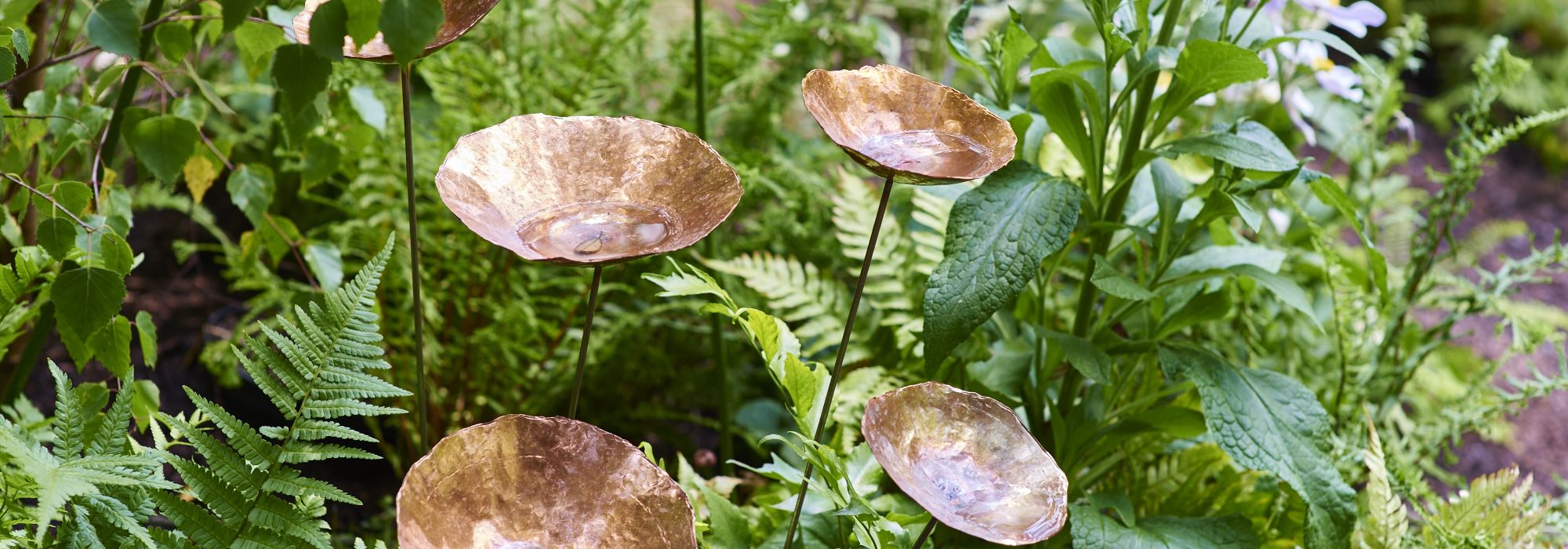A bouquet of flowers, whether hand-picked, arranged by a florist or picked up from the garage on the way home, is a classic display of affection when given to a loved one.
We choose blooms most likely based on their beauty, their popularity and what’s in season. But have you ever considered what the flowers really mean? What hidden metaphors and secret histories are intertwined in your bouquet? And where the gesture of gifting plants comes from?
Here, we take a look at the best flowers to give to your beloved this Valentine’s Day, based on folk tale, tradition and a little bit of science.
Rose
One of the most iconic symbols of romance is the red rose. This flower has been an emblem of true love for millennia; from its inclusion in Greek and Roman mythology - where the rose was created by Venus the Goddess of Love, from her fallen blood and tears as she attempted to save her lover, Adonis - to accident Hindu legend, that tells the tale of the Goddess Lakshmi’s creation: she was made by Brahma from 108 large, and 1,008 small rose petals as a bride for Vishnu.
It is likely the rose took on such meaning because of its colour and scent. Red is of course symbolic of passion, love and seduction, and pleasurable smells are a key part of attraction in the animal kingdom. In fact, Bayer Garden has asserted that the essence of rose is so popular that currently almost all female perfumes contain it.
Finally, a single red rose is the most well-known declaration of affection. In Victorian times especially, people used flowers to express intimacy in a subtle game of courtship, since professing feelings publicly was socially unacceptable. During this era, a de-thorned rose was understood to express love at first sight.
Daisy
The daisy is what’s called a composite flower, meaning it is composed of many tiny-flowers: these smaller flowers make up the yellow centre (disc floret) which is surrounded by the separate white petals (ray floret). Because daisies are composed of multiple blooms that blend flawlessly together, they symbolize perfect union.
In Norse mythology, the daisy is Freya’s sacred flower, the Goddess of love, beauty, and fertility. In a Roman tale of innocence and love - although unrequited - Vertumnus, the God of Seasons & Gardens, became enamoured with Belides, a nymph. He continuously pursued her, but in order to escape his affections she turned herself into a daisy.
In England this flower exudes good-cheer: in 1800’s “daisy” was established as slang for something excellent or appealing and still appears as an adjective in the Collins Dictionary today!
Orchid
Delicate and exotic, Orchids are still understood as a statement of luxury due to their elegant appearance and temporal blooms – which fade and re-emerge with care and attention (colloquially known as TLC). During the Victorian age orchids were extremely rare, and so, when gifted, the more unusual the orchid, the deeper your love was for the receiver.
Dating back further, the Aztecs commonly mixed vanilla – vanilla pods are tubers from a certain type of orchid - with cocoa to create an elixir that brought on virility and strength. Paphiopedilum, one of the most common types of Orchid, gets its name from the Greek word “Paphos” – an ancient temple where the Greek Goddess of Love, Aphrodite, was worshipped.
Most recently, Orchids have made some impactful appearances in American pop-culture, such as Georgia O’Keefe’s erotic paintings of enlarged flowers – works that sensualised the flower and female form – and Twin Peak’s “lonely soul” Harold Smith, a character that obsessively bred orchids which represented longing, fragility and attraction.
Tulips
A flower that represents enduring love, the tulip will continue to grow in water after being cut, unlike many others. Traditionally given as an 11th wedding anniversary gift, the tulips dark, heart-shaped stigma is said to represent “a lover's heart darkened by passion.”
With a variety of colours available, as well as the once mania-inducing ‘Rembrandt tulips,’ each palatte has its own significance. White tulips are meant for an apology, purple signify royalty and red tulips are a symbol of ‘perfect love’.
A Persian legend is responsible for the red tulip's symbolism. It is said that a prince named Farhad was love-struck by a maiden named Shirin. When Farhad was tricked into believing that Shirin had died, he was so overcome with grief that he killed himself. It's said that a scarlet tulip sprang up from each droplet of his blood, giving the red tulip its meaning.
Jardin Blanc
Hosted in an exclusive corner of the world-famous RHS Chelsea Flower Show, Jardin Blanc is brimming with beautiful flowers and delicious food. It is a secret garden restaurant from the mind (and kitchen) of Raymond Blanc OBE - the perfect setting for a romantic day-out or evening soiree.
Give your loved one an entire flower show this Valentine’s Day, with a ticket to the luxurious and unforgettable Jardin Blanc 2019.
TO LEARN MORE ABOUT JARDIN BLANC 2019 VISIT THE WEBSITE HERE OR ENQUIRE
AT RHS.SHOWS@SODEXO.COM OR 0845 268 0251

